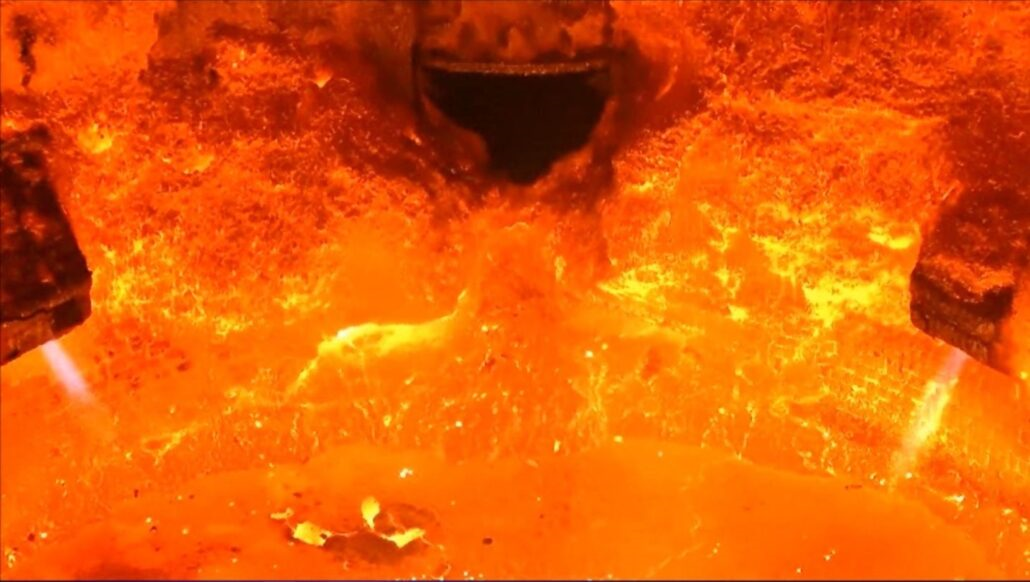
Why Consider a Remote Furnace Monitoring System?
Support No Operator On the Floor with a remote, documented and preset tour of your Electric Furnace.
First and most importantly, SAFETY! Remote monitoring keeps employees and maintenance staff far safer. It avoids the need for a “technician on the floor” aspect, which raises the risk of injury and harm near a hot furnace. Secondly, Remote Furnace Monitoring systems are not a one size fits all; they can be customized to different furnace equipment needs, sizes and placement. Third, with both immediate environmental protection as well as significant camera clarity, the technology that is available today can provide very valuable insight to internal furnace conditions during operation, allowing managers to spot issues during the production process versus trying to make estimates on a cooled system after the fact.
The camera image quality in available systems is also a leap forward with the information it provides plant managers. Utilizing a 1080p image quality that can be zoomed to either 30x with an optical setup or 12x with a digital perspective, the optics possible are a game-changer. Add in both image stabilization as well as defog and anti-hazing features and extreme light or darkness adjustments, and plant managers are practically inside the furnace during operations without the obvious risk involved.
Various Applications are Possible
With the available options today, remote monitoring equipment and related systems can be applied in a variety of industrial settings. That includes refractories, burners as well as near water-cooled panels as well. What the observer then gains access to is an amazing detail view in the equipment as it is operating, clearly being able to see variations in the equipment as well as potential concern points that may be developing over time.
Housing designs can be easily customized for specific needs and placement. These housing are designed for extended use without needing constant maintenance.
Expert Installation and System Design Possible
Connors Industrials regularly provides clients access to furnace monitoring system design and installation for a variety of applications. Whether the client needs thermal monitoring software upgrades or a full commercial furnace inspection system, Connors Industrials specialists are fully versed how to build customized systems for a variety of applied manufacturing situations. The benefits of continuous temperature monitoring can’t be understated, especially when protection of capital equipment investments is a must. Contact Connors Industrials to find out how a furnace monitoring system can be applied in your facility or plant. You’ll be amazed at what’s possible, and more importantly, the quality control insights possible while also keeping your personnel safe from exposure risks and similar.
